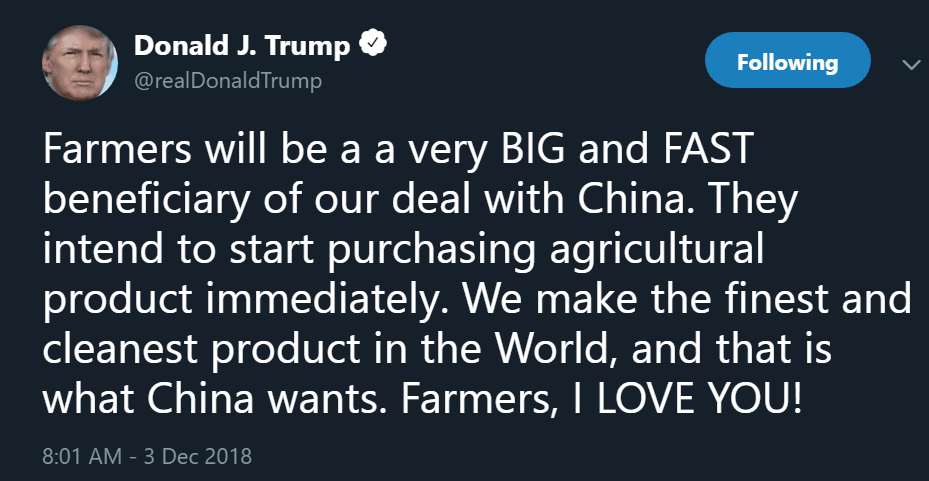Excerpt from Stanphyl Capital’s letter for the month of January 2019, discussing the fund continuing to hold a short position in the Japanese Yen and Vanguard Total International Bond ETF.
For January 2019 and year to date the fund was up approximately 7.9% net of all fees and expenses. By way of comparison, the S&P 500 was up approximately 8.0% while the Russell 2000 was up approximately 11.3%. Since inception on June 1, 2011 the fund is up approximately 73.4% net while the S&P 500 is up approximately 136.2% and the Russell 2000 is up approximately 96.5%. Since inception the fund has compounded at approximately 7.4% net annually vs 11.9% for the S&P 500 and 9.2% for the Russell 2000. (The S&P and Russell performances are based on their “Total Returns” indices which include reinvested dividends.) As always, investors will receive the fund’s exact performance figures from its outside administrator within a week or two; meanwhile for existing investors I continue to waive the annual management fee until the entire fund regains its high-water mark.
Q4 hedge fund letters, conference, scoops etc
The markets had an astounding rally this month, undoubtedly spurred by a suddenly cowardly—sorry, I mean “dovish”—Fed, as exhibited first by a series of speeches and then in January’s FOMC meeting in which it said it would pause interest rate hikes and reconsider the pace of the balance sheet run-off. As to where the broad markets go from here, the economic slowdown is still in its early stages and we’re a long way from QE4 so I’ve reopened our Russell 2000 (IWM) short position, an index which—despite incorporating almost a full year of drastically lower corporate tax rates—has a trailing twelve-month GAAP PE ratio of nearly 50. And now to the rest of the fund’s positions…
Among our short positions...
We continue (since late 2012) to hold a short position in the Japanese yen via the Proshares UltraShort Yen ETF (ticker: YCS) as Japan continues to print roughly 5% of its monetary base per year after nearly quadrupling that base since early 2013. In fact, of the world’s three largest central banks (the Fed, ECB and BOJ), the BOJ is now the only one not on a path to tightening. One result of this insane policy (in 2018 the BOJ bought approximately 67% of JGB issuance and in 2019 anticipates buying 70%!) is there are days when no 10-year JGBs trade in the cash market! The BOJ’s balance sheet is now larger than the entire Japanese economy-- it owns approximately 44% of all government debt and over 75% (!) of the country’s ETFs by market value:
Just the interest on Japan’s debt consumes 8.9% of its 2019 budget despite the fact that it pays a blended rate of less than 1%. What happens when Japan gets the 2% inflation it’s looking for and those rates average, say, 3%? Interest on the debt alone would consume nearly 27% of the budget and Japan would have to default! But on the way to that 3% rate the BOJ will try to cap those rates by printing increasingly larger amounts of money to buy more of that debt, thereby sending the yen into its death spiral.
When we first entered this position USD/JPY was around 79; it’s currently in the high 108s and long-term I think it’s headed a lot higher—ultimately back to the 250s of the 1980s or perhaps even the 300s of the ‘70s before a default and reset occur.
We continue to hold a short position in the Vanguard Total International Bond ETF (ticker: BNDX), comprised of dollar-hedged non-US investment grade debt (over 80% government) with a ridiculously low “SEC yield” of 0.94% at an average effective maturity of 9.3 years. As I’ve written since putting on this position in July 2016, I believe this ETF is a great way to short what may be the biggest asset bubble in history, as with Eurozone inflation now printing 1.6% annually these are long-term bonds with significantly negative real yields. In mid-December the ECB halted quantitative easing, thereby removing the biggest source of support for those bonds’ bubble prices. Currently the net borrow cost for BNDX provides us with a positive rebate of approximately 1.6% a year (more than covering the yield we pay out) and as I see around 5% potential downside to this position (vs. our basis, plus the cost of carry) vs. at least 20% (unlevered) upside, I think it’s a terrific place to sit and wait for the inevitable denouement.
We continue to own the PowerShares DB Agriculture ETF (ticker: DBA), which I first bought late in 2017 because agricultural products were the most beaten-down sector I could find (the “DBIQ Diversified Agriculture Index” on which DBA is based is at its lowest level since 2002) that wasn’t a “buggy whip” (something on the way to obsolescence) or cyclical from a demand standpoint. In November I added to the position, anticipating a bounce following a favorable outcome from U.S. – China trade talks, and I remain confident that a U.S. ag-favorable deal will occur during the current 90-day negotiating period, as Trump is very conscious of the fact that farm states constitute a significant part of his political base and isn’t shy about demonstrating that on Twitter:







